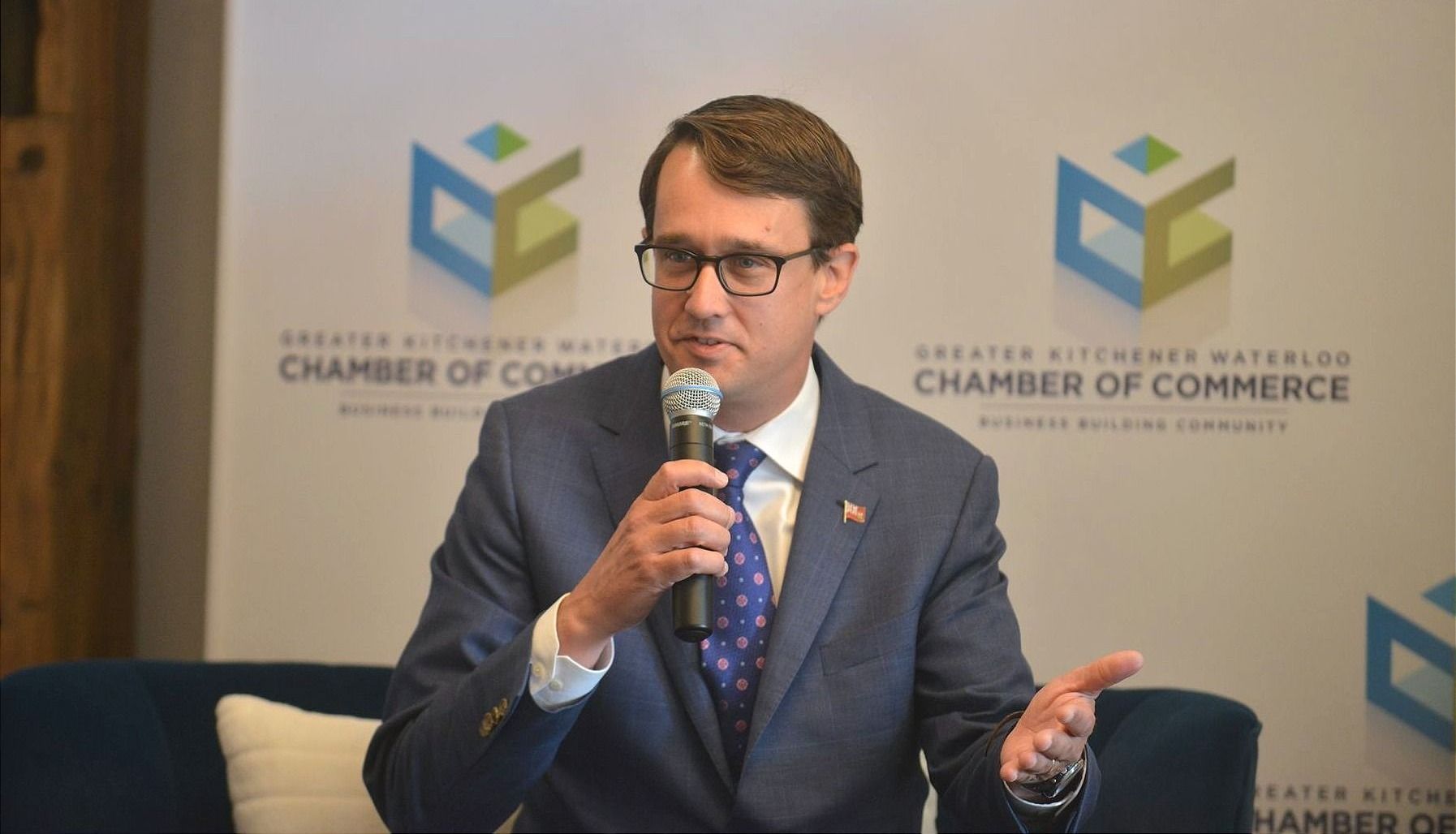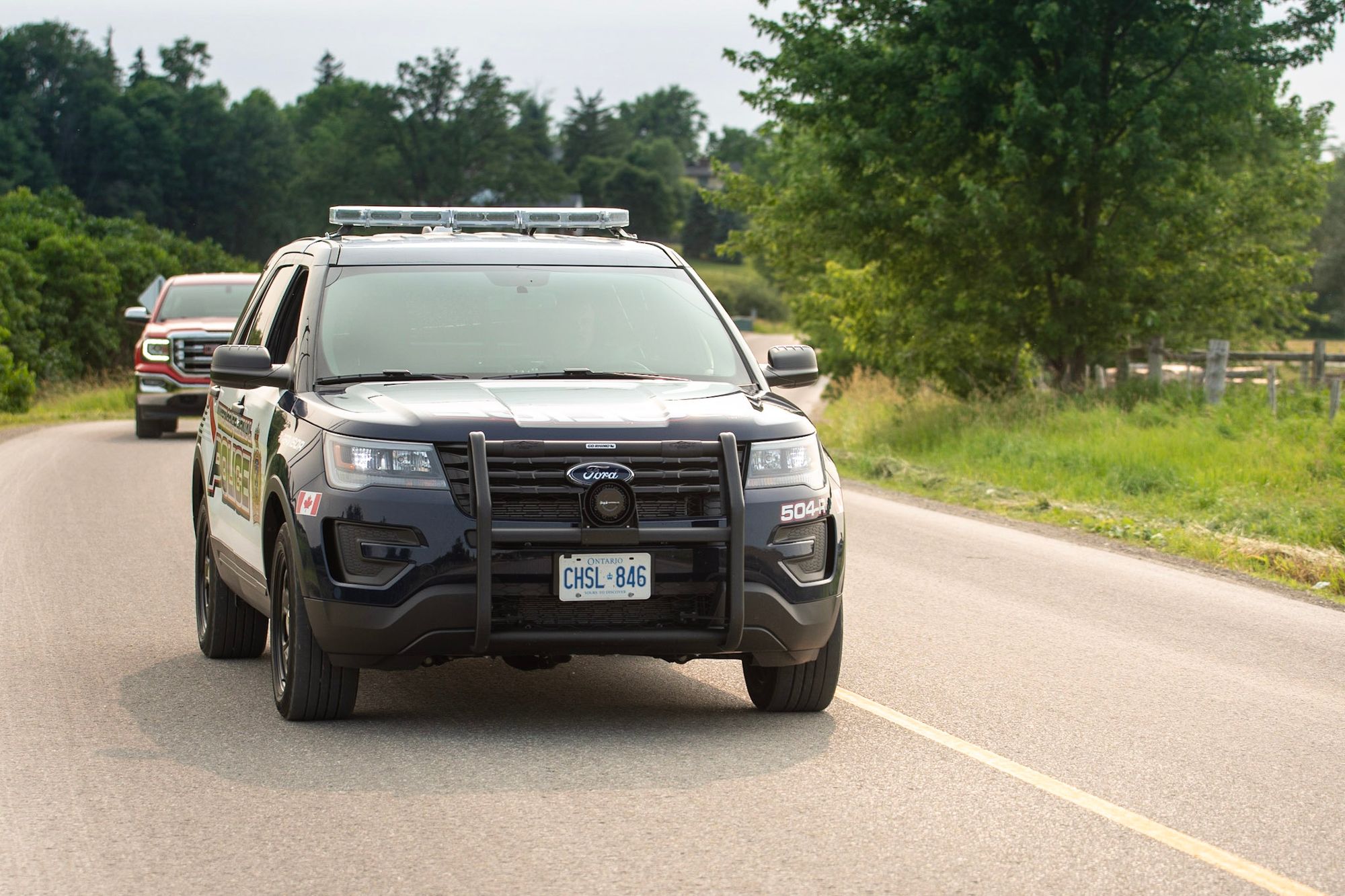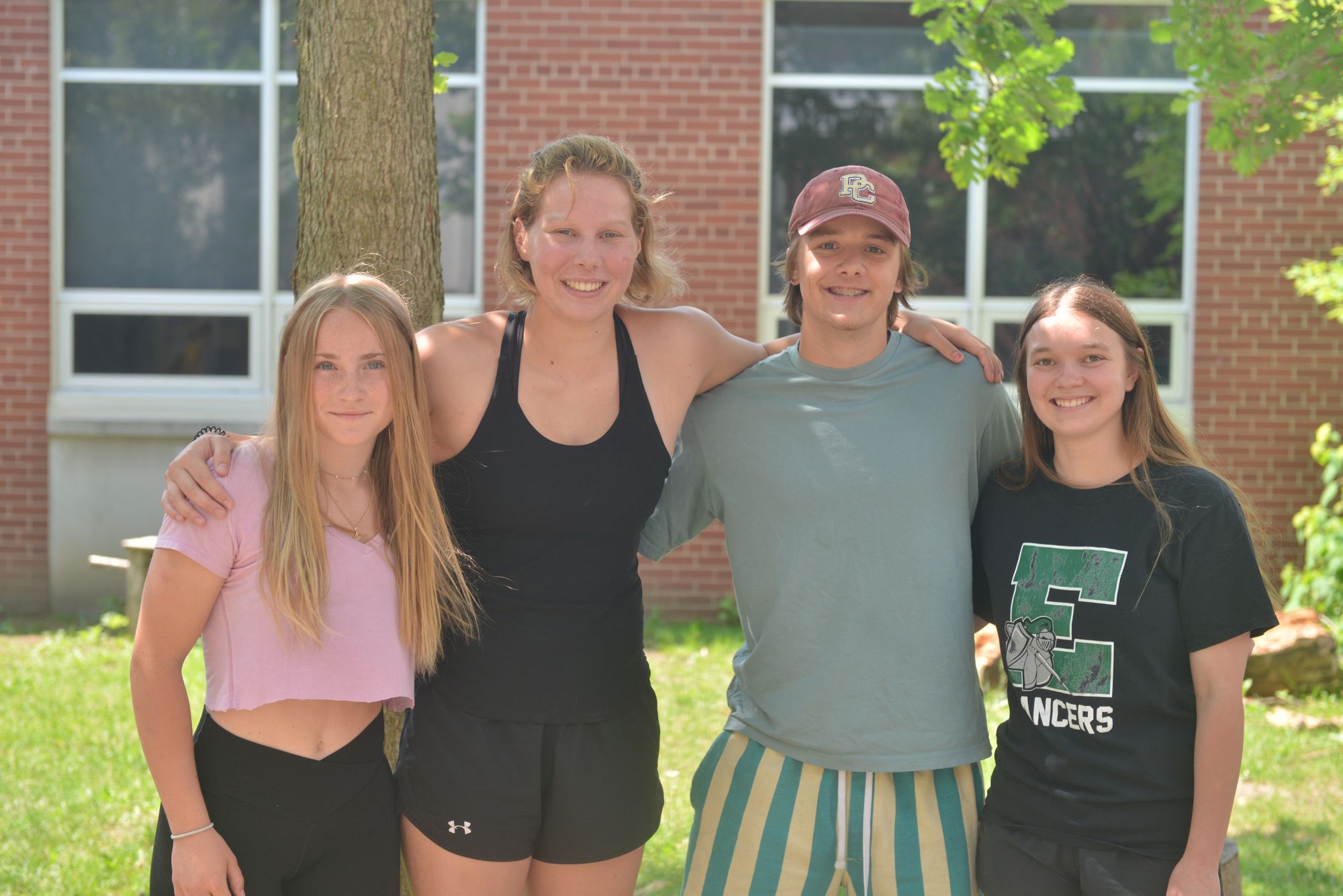Immigration will play a key role in filling some 300,000 job vacancies in the province, Ontario’s minister of labour, immigration, training and skills development told a group gathered in St. Jacobs Monday morning.
Monte McNaughton was at the Timber Barn for a “fireside chat” organized by the Greater KW Chamber of Commerce.
The number of unfilled jobs peaked last quarter at around 400,000 and now fluctuates between 340,000 and 350,000, McNaughton said.
“It’s obviously a consistent challenge for businesses and for communities. [This includes] thousands in skilled professions like engineering, accounting and architecture, literally costing our economy billions of dollars in lost productivity.”
In the region, there are currently 33,000 vacant job openings, while across the province only a quarter of skilled immigrants are working in the field they are trained in, the minister explained.
Focusing on the attracting and retaining immigrants, Monday’s discussion, led by chamber president and CEO Ian McLean, touched on a number of challenges Waterloo Region is facing, including the need for more housing and the workers needed to build them. According to McNaughton, the province brought in 9,000 skilled workers last year with the goal of bringing in more than 18,000 by 2025.
He noted that the province banned the requirement for Canadian work experience in 30 professions in the fall of 2021. Last month, Professional Engineers Ontario, which has 85,000 members, became the first professional association to remove that requirement from their application criteria.
“This will literally help thousands of qualified newcomers pursue their dreams over the coming years, all while maintaining… world-class licensing standards. We’ve also streamlined language testing and required registration decisions within 30 days for other provinces, and six months from abroad, so people can start working in the regulated professions faster,” he said, adding that the province will need 100,000 workers over the next 10 years to help reach its goal of 1.5 million new homes by 2031.
The minister’s comments follow last year’s call from the Residential Construction Council of Ontario (RESCON) that a larger percentage of the immigrant population should be trained in the skilled trades.
“We’re not asking to increase the number of immigrants, but more of them should have more of certain skilled trades or be from certain skilled trades, according to our requirements here and according to what we need,” RESCON president Richard Lyall told the Observer last December.
During the conversation, the minister was also asked about ensuring medically trained professionals that immigrate to Canada actually work in their field.
“Doctors shouldn’t be driving Uber and engineers shouldn’t be driving Uber. They should be working in professions that they’ve studied,” McNaughton said.
McNaughton pointed to the province’s economic immigration program, the Ontario Immigrant Nominee Program (OINP), stating that the current focus is on healthcare workers and skilled trades.
“As those numbers increase every single year, Ontario we’ll be selecting those health care workers, whether it’s PSWs, nurses, doctors, and others to fill those gaps in the healthcare system,” he said.









